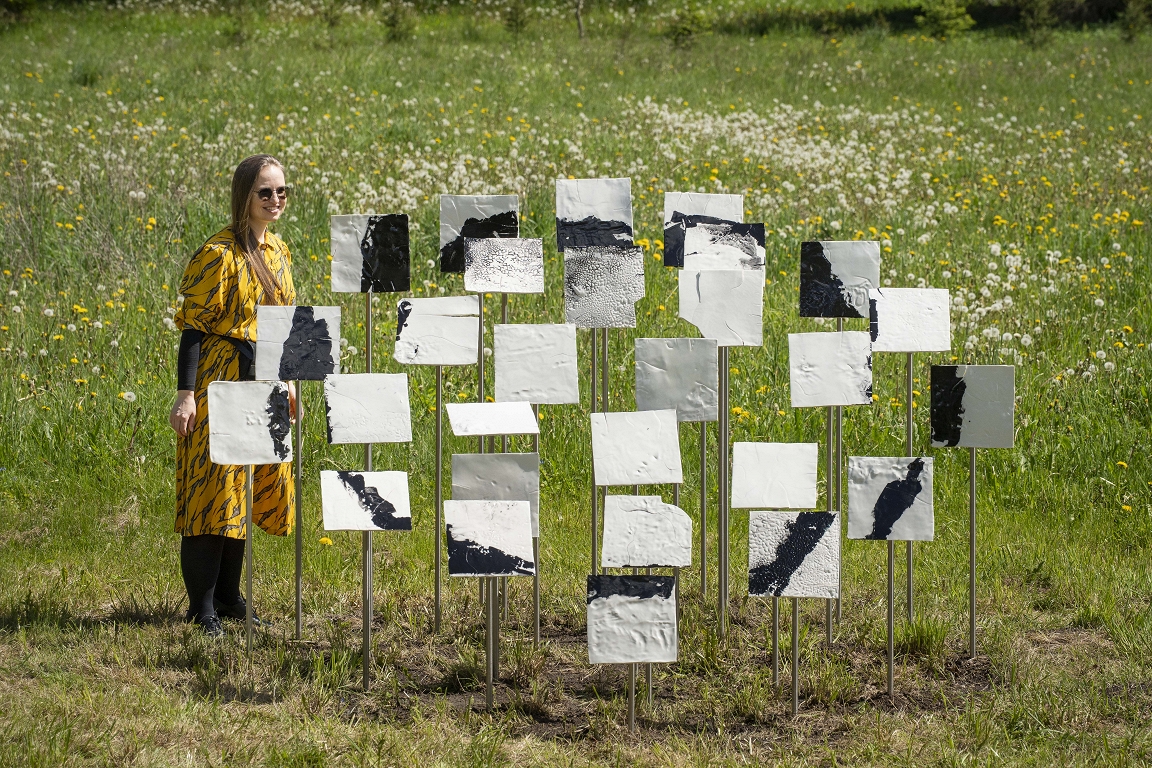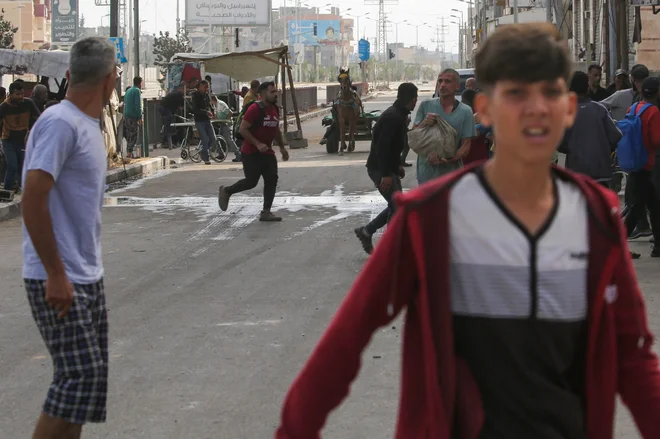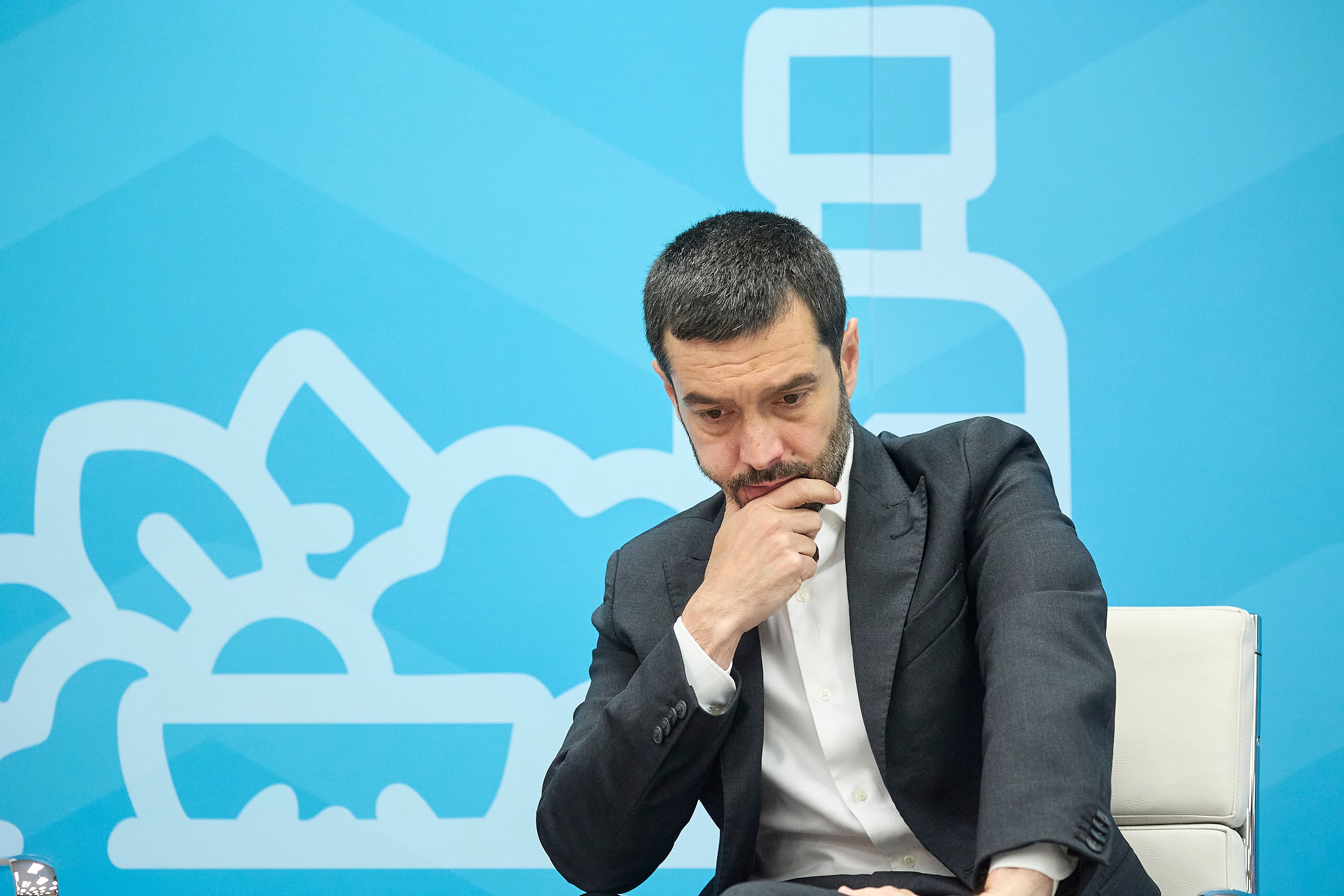At the Eduard Veidenbaum Museum, Kalaci opened a contemporary art exhibition reunion / day

This exhibition was created as a dialogue between the event that was on the museum thirty years ago – the exhibition Main In 1995, and the work of today’s artists, the museum, the environment, the landscape and the creative heritage of E. Veidenbaum. The exhibition was created by artists Eric Božis, Andris Breže, Anda Lace, Andris Eglītis, Madara Gruntmane, Kristaps Ģelzis, Harald Matulis and Youth Group Veidenbaum 1b and a group of poets Preili conceptualists.
The opening of the exhibition was entered by curator, art historian Ieva Astahovsky -led conversation with the 1995 exhibitions Main Curator Ivars Runkovski and artists Ieva Iltner, Janis Mitrevics, Andris Brezhi and Eric Boži. Then Again The authors of the works led by the artists shared various aspects of E. Veidenbaum’s personality and literary heritage, which inspired the creation of artwork. Anda Lace at work Oh Veidenbaum, Oh, Veidenbaum The image, portrait and creative work of Veidenbaum are still being used and interpreted in a wide variety of contexts and ways, although in fact we know so little about him. Andris Breže – Like the 1995 exhibition, he interpreted the most popular poem of E. Veidenbaum How swans white feeds go, Highlights its duality and emotionally opposite mood. Andris Eglītis is also inspired by this poem – his six meters high Heavy cloud As if embodied the hopes of Veidenbaum’s poem and the craving, and at the same time desperately desperate a hopeless feeling. A bright accent in the landscape is Eric Boža’s work Veidenbaum’s brille, the other halfwho calls not only the missing side of Veidenbaum’s eyeglasses on the museum’s exhibit, but also his uninhabited, premature life, the poet’s creative heritage as an intellectual and education symbol in Latvian culture, and the other side of which Weitenbaum looks at us today.
If Eric Bož and Andris Eglitis are large in their form, expression and message, the works of several other artists are fragile and intimate. Harald Matulis and Youth Groups Veidenbauma 1 b. class The work encourages to focus on the context of spiritual life and goodness in today’s different stimuli in the overgrowth era – audioptas walking through Kalachi It invites everyone to experience boredom, boredom and their feelings in it. Meanwhile, Madaras Gruntmanes Swing encourages every viewer to think about their emotional swing, balance and desperate need to be loved.
Again The works also focus on the meaning of environmental and ecology – in the widest sense of the word. Kristaps Gelga’s work Eco oak is a direct continuation of his 1995 exhibition created Eco fence. At that time, the artist created a wire fence from the surrounding area, which remained intact long after the exhibition. Thanks to this, it has grown up in this place, and a striking testimony to the fact that art is a process whose idea or its germ belongs to the artist, but its implementation can get a wide variety of ways, and it can also be done by nature. A group of poets Preili conceptualists In your work Refuge Indirectly, he turned to the current climate crisis – the need to think about it and respond to its threat – both created a paradoxical and substantial care full of gestures, how to protect the book, memory, memorial and also the symbol of the past. Preili conceptualist performance Lie in flowers The opening event of the exhibition was also completed. At the same time, it encouraged everyone to think about their responsibility in preserving our environmental and cultural heritage through laughter and inconvenience.
Kalachi In the museum, alongside its permanent exhibition is on view Again The historic part of Jan Dinata’s photo at the 1995 exhibition, as well as works of art, which are still preserved in the museum – paintings by Michael Fisher, Janis Mitrēvica, Anita Zabiļevskaya, Aija Zarina and Amber Zilgalvja and Ojārs Petersons and Sarmīte Māliņa.
Again Visitors will be helpful in the Tip of the Exhibition Liva Carrier: “The visitors to the exhibition are welcomed by a variety of attention and imagination, where idyllic being in the room and nature alternates with dense information layers and the role of the researcher. Kalachi History. Walking through the entire museum area will find Again artists’ works. With the help of the card you will also find the places where they were already lost in 1995 Malacial Works. You can see them in Jan Dinata’s photo spot in the museum’s indoors, alongside the works of art that have survived since 1995. Don’t forget to unravel the letter of the letters in a permanent exposure More light! Bread and tea must be brought along. ”
Exhibition Reel E. Veidenbaum Museum Mallarch will be on view until October 31.








